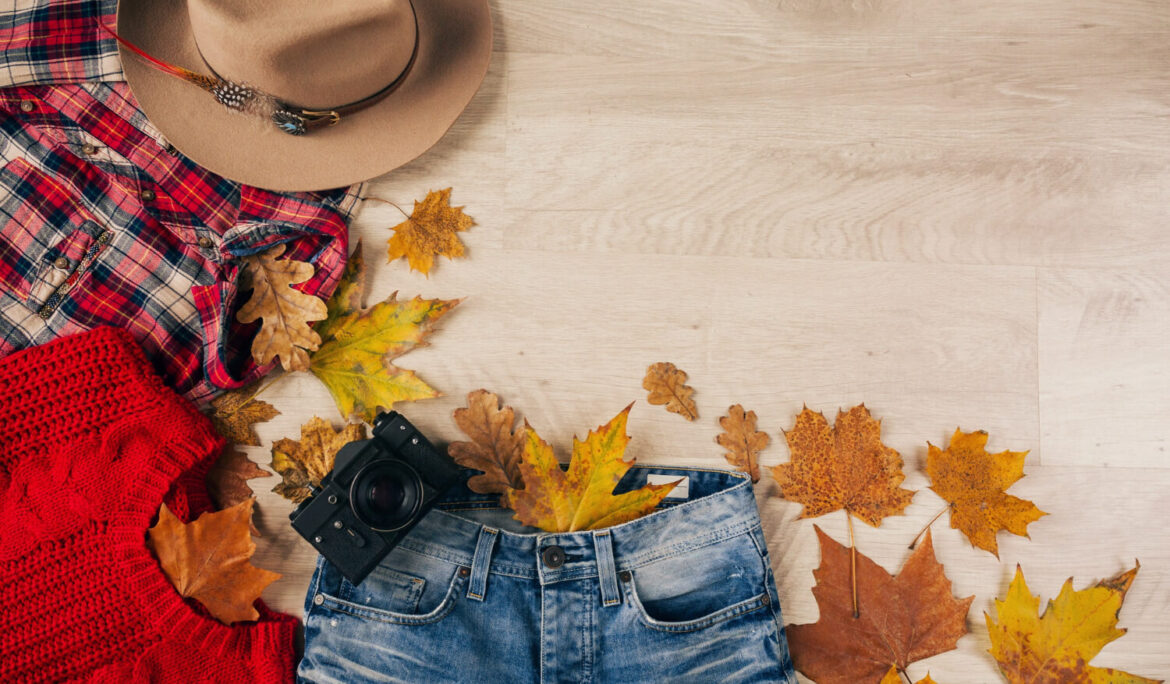We all already experienced the struggle of finding THE piece of clothes that would perfectly fit our figure. Height, weight, morphology: fashion is still subjected to numerous things and it can be hard to feel represented. But if we already feel that way at our scale, how is it for people living with disability? What obstacles do they face? Despite the importance and spending power of the disabled population, there have been minimal changes for fashion advertising.
Fashion and disability were two roads that rarely intersected. Hearing aids, wheelchairs, and adaptive clothing – to name a few – are often all functional without any of the fun.
Until recently.
For instance, when’s the last time a woman with a visible disability graced a magazine cover? Designers have begun the process of being more inclusive by letting women with disabilities grace their runways, but that hasn’t translated to larger opportunities within fashion. Although women with disabilities are seemingly invisible in fashion, there’s one place where they’re slaying the game: Instagram. Clothing is an essential tool to adapt socially, which is why people with disability are claiming their right for aestheticism. Clothes and accessories targeting this specific segment remain scarce and expensive. Give them access to the same clothing diversity available for the mainstream, is helping them avoid social as well as professional exclusion, and is an opportunity to free them from the image of disability. Clothing has to be accessible, smart and fashionable. Accessible is easy to put on and take off, Smart is medically safe, and Fashionable is desirable to the wearer, and fits the wearer’s body type and lifestyle. In wheelchair, aged, isolated, dressing up for necessity… Isn’t that the common stereotype when we are talking about disability? However, it affects children as well as adults, women as well as men, from all age and all circles. Depending on their disability, these persons present special needs in terms of clothing. It can take up to one hour for someone that is paralyzed to put on pants. In a wheelchair, pockets are hardly accessible. When having dexterity challenges, it becomes impossible to unbutton a shirt. Here are some of the daily challenges faced by the disability community, only to name a few. The inclusivity discourse in the fashion industry is on the rise, especially propelled by the pandemic and socio-political disruptions of the past year. The conversation is, for the most part, limited to size, colour and gender; persons living with disabilities are almost entirely left out of this conversation.
Most fashion brands associate with a disability when they want to ‘support a good cause’. They aren’t thinking of them as a serious customer base. Adaptive clothing includes (but is not limited to) Velcro closures or hooks instead of buttons, zippers with easy pull grabs, side zippers on trousers, open-back tops, elasticated waistlines and magnetic shoe fastenings — design elements that allow people living with disabilities to dress with ease and dignity. Accessible gowns easy to step into, hoop earrings with convenient back clasps, and straps instead of lace are some of the suggestions. While the scope is unlimited, the players are not. Though the disability community is ever increasing in numbers, adaptive clothing is not readily available in the vast majority of clothing stores.
We live in an era when technology allows infinite personalisation; it seems therefore unconceivable that the disability community is still left aside with no solution. So, after Petite, Tall and Curve lines, when will we see mainstream adaptive collections?















 © CTJ Healthcare Pty Ltd 2025 | All Rights Reserved | Developed By
© CTJ Healthcare Pty Ltd 2025 | All Rights Reserved | Developed By